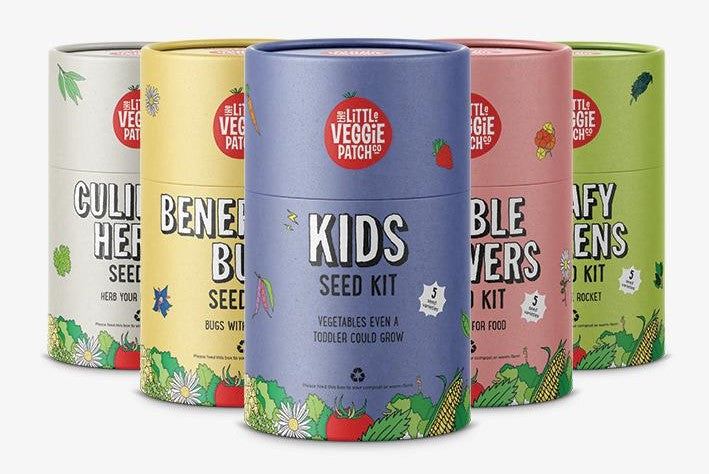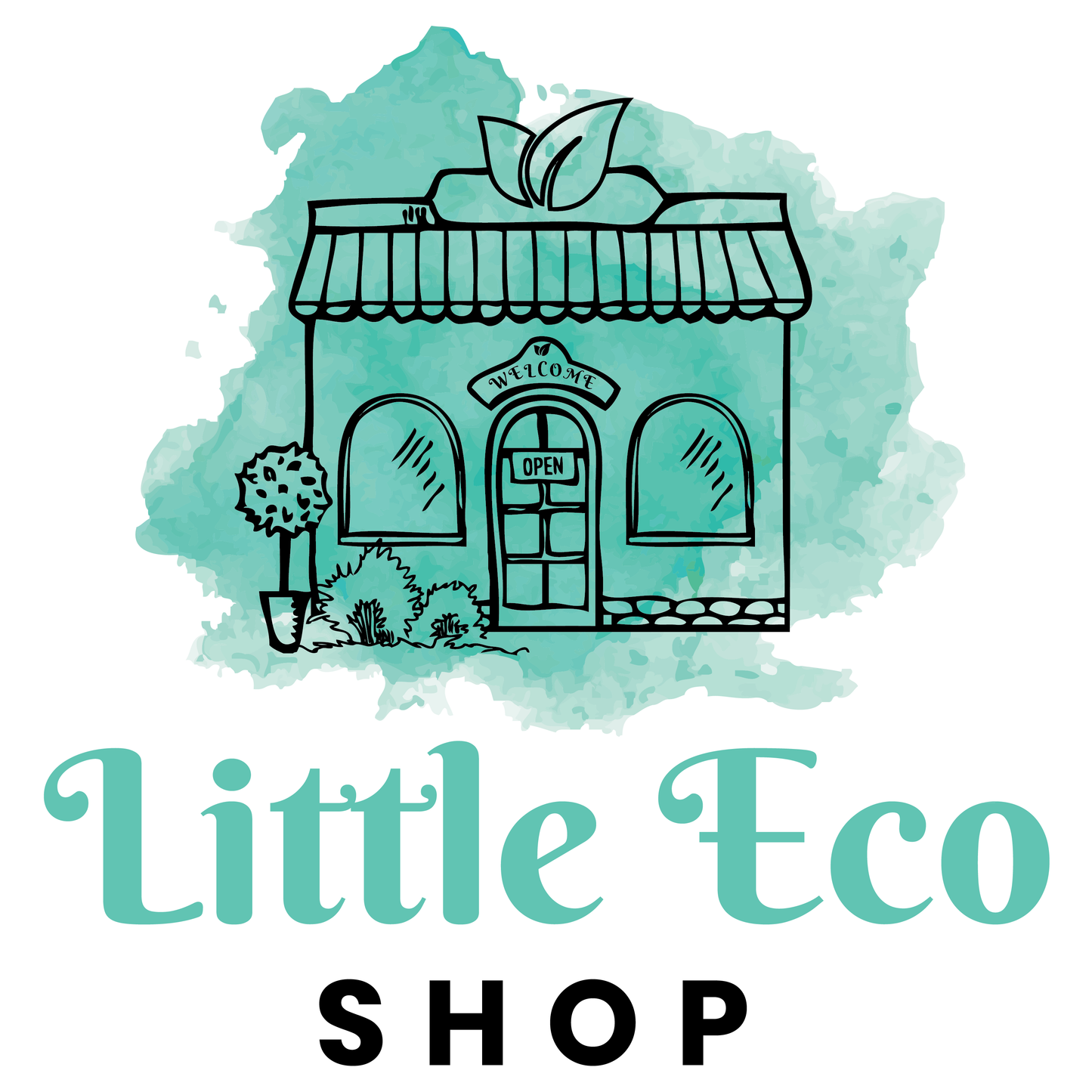
If there’s one thing that this year’s Covid drama has made patent to me, it’s that our food security is far from guaranteed. I have long taken for granted that we have wonderful local produce just minutes away at the nearest supermarket.
If there has been one upside to all of this, it is my renewed interest in home permaculture – putting foundations in place that can sustain my family, reduce waste and create a healthy habitat for coexisting species.
The extra free time I had, due to ‘rona, was spent delving into home permaculture and I want to share with you some of the home gardening gems I’ve uncovered.
If there’s one thing that this year’s Covid drama has made patent to me, it’s that our food security is far from guaranteed. I have long taken for granted that we have wonderful local produce just minutes away at the nearest supermarket.
Having two children with special dietary needs, who have been known to break out in eczema after eating conventionally grown produce, it was truly worrying venturing to the shops and crossing my fingers they’d still have organic cucumbers and gluten-free bread.
There was also a time when I feared that supermarkets would close altogether, and we’d need to ration our food. This fear was seemingly shared Australia-wide, judging by the whole panic-buying fiasco. Never had my neglected home veggie patch seemed paltrier.
Luckily, there weren’t too many food staples that I couldn’t secure at the peak of grocery hoarding insanity, but I had the luxury of being able to check back at the shops, multiple times a week. I am well aware that others aren’t so lucky and, that in certain areas, the supermarket sitch was much more dire.
If there has been one upside to all of this, it is my renewed interest in home permaculture – putting foundations in place that can sustain my family, reduce waste and create a healthy habitat for coexisting species. We’ve recently planted a whole bunch of organic seeds, including cucumbers, tomatoes and eggplants and shown some love to our mistreated compost heap; we’re also hoping to acquire some feathered friends to take food scraps off our hands and give us some lovely eggs in exchange.
The extra free time I had, due to ‘rona, was spent delving into home permaculture and I want to share with you some of the home gardening gems I’ve uncovered. I’m hoping that I can inspire you to create a more self-sustainable life, so you can breeze on through any further apocalyptic scenes 2020 might have in store (can this year chill the F out already!?)
Location, location
You’ll want to scope out a position for your home veggie patch that captures the most sun – there is no reason why you can’t put a patch in your front garden, and you needn’t an abundance of space to get your favourite crops on the go. Be sure to plant your patch away from trees, so the plants needn’t compete for water or sun. If summers are particularly brutal in your corner of the globe, you’ll want to invest in some shading materials, to keep your harvest from shrivelling.
Soil prep
Nutrient-rich soil is key to a flourishing veggie patch. You’ll want to set up a home compost to provide you with ready access to nourishing fertiliser, and I’ll get to that in a minute. But before you plant, dig some bentonite clay, Blood and Bone (I like Green Life Soil’s variety because it’s certified organic) and organic mineral fertiliser about 20-35cm into the soil and apply a soil wetting agent on top, before watering the soil. If your soil is particularly dry and sandy, you may need to repeat this process a few times before planting.
To test the readiness of your soil, fill up a pot with drainage holes, and pour a litre of water onto the soil, measuring the amount that drains out. You’ll want around 500ml to remain in the soil – if much more drains out, dig in some more organic matter and reapply the wetting agent; if much less drains out, your soil will require less frequent watering.
Home compost
Composting will turn your food scraps into nourishing ‘black gold’ for your garden, reducing your reliance on both council recycling services and commercial fertilisers. Compost bins are inexpensive and readily available at your nearest home supplies or gardening centre. I’m a big fan of Tumbleweed bins, made from UV protected, 100% recycled plastic, especially their compost tumblers, which turn and aerate the compost for you with a simple spin every few days (ridiculously easy!) – if you don’t have a tumbling bin, you’ll need to grab a shovel and do this yourself.
Healthy compost contains a combination of carbon-rich matter, like branches, stems, leaves, fruit and veggie peels, wood, bark, sawdust, shredded brown paper bags, coffee grounds and eggshells, and nitrogen-rich matter, like manure, tea leaves, food scraps and lawn clippings. You’ll want a greater portion of carbon-rich material in the mix – about two-thirds, to one-third nitrogenous matter.
Be sure that anything added to your compost is free from harmful chemicals and plastics (only add dryer lint if your clothes are made exclusively from natural fibres) and avoid putting weeds, meat, bones or fish scraps on your heap, as they’ll sprout more weeds and draw pests. Ready to use compost is smooth and crumbly, with a dark rich colour and no intact pieces. Once ready, turn your finished compost into your garden soil and let it work its magic!
Seed quality
If you’re going to the trouble of planting and tending to a veggie garden, using heirloom, organic seeds is a no-brainer. Heirloom seeds are the descendants of generations old plant species, are naturally pollinated and free from genetic modification. Organic seeds are free from harmful agricultural chemicals, like fertilisers, pesticides and weed killers. Even if you grow your patch without chemicals, most conventional seeds come from chemically treated plants, so the seed and its resulting fruit will carry some of that chemical burden.
Our seed kits from the Little Veggie Patch Co contain only heirloom plant varieties and are the perfect starting point for your patch. My personal favourites include the Edible Flowers and the Kids Seed Kit, featuring easy-to-grow strawberries, carrots, beans, peas and sunflowers. It provides an awesome introduction to gardening for little ones and is a great way to get them interested in eating the fruits of their hard work!
There is nothing quite as satisfying as picking and eating fruit, vegetables and herbs that you have grown yourself and there are so many benefits. Not only can we reduce our dependence on food producers and, in turn, our carbon footprints, but we get to enjoy organic, fresh-as-it-gets produce, minus the hefty price tag. Go on, get outside and give it a go and be sure to share your efforts with us when you do!
